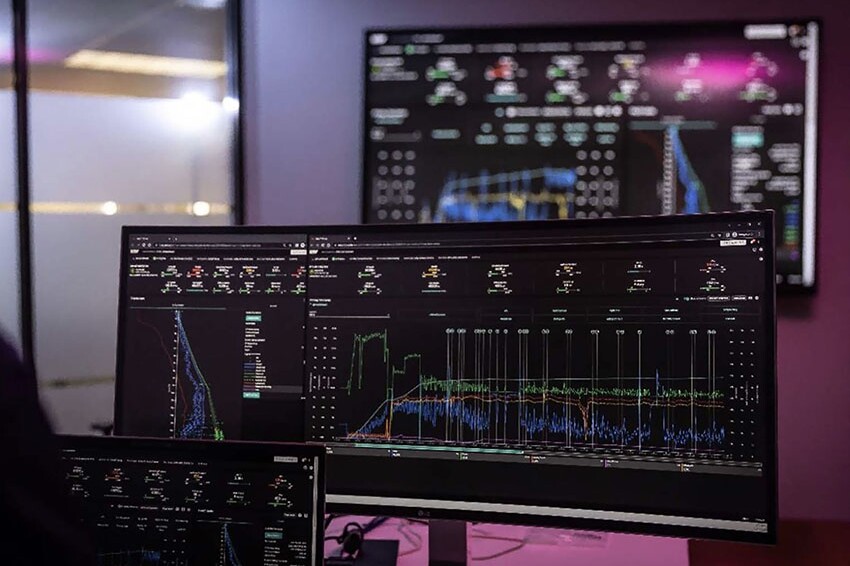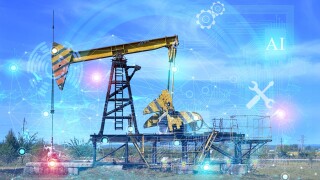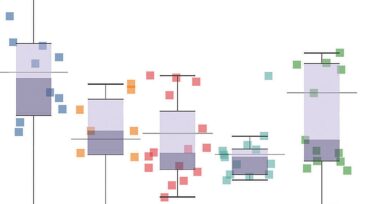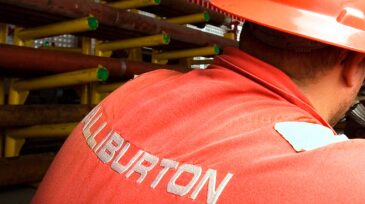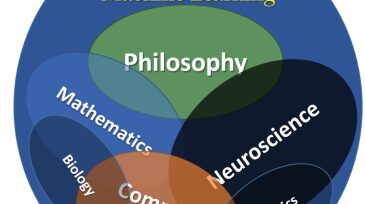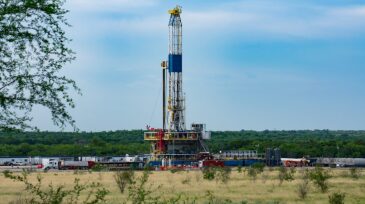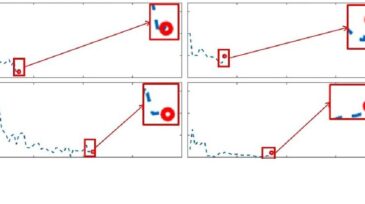Data mining/analysis
In today’s era of asset management, digital twins are changing risk management, optimizing operations, and benefitting the bottom line.
Over decades of exploration and production, the oil and gas sector has accumulated vast amounts of legacy data in various formats. Artificial intelligence and machine learning present an opportunity to transform how this unstructured data is processed and used, enabling significant improvements in operational efficiency and decision-making.
A roundtable discussion during CERAWeek pointed to the necessity of a mindset shift for the oil and gas industry to tap into AI’s true potential.
-
SponsoredTo optimize decision-making, minimize risk, and create value, oil and gas companies can turn to liberated, contextualized data. For exploration or drilling, liberated, contextualized data can help the upstream industry make trustworthy decisions that save time and costs. This paper explains how.
-
SponsoredFor surveying, exploration, analytics, and a whole host of processes, liberated, contextualized data tailored to the environments of E&P subsurface will empower confidence, speed, reliability, agility, and most importantly, innovation. This is how Aker BP is doing it.
-
If design A yields the same 90-day production at 10% lower cost in a series of wells than design B wells, is design A the better one? Using pressure-based fracture measurements, the separability of variables between two completion designs can be evaluated.
-
For the upstream industry, where improvement in efficiency or production can drive significant financial results, there is no question that the size of the digital prize is huge. So are the challenges.
-
As part of the deal, Pertamina is moving all of its petrotechnical applications to the iEnergy cloud service, which is run by Halliburton arm Landmark.
-
The provider of subscription-based analytics services for the North American oil and gas sector continues its streak of purchasing data-focused firms.
-
The data-driven maintenance program incorporates riser condition, usage, and fatigue analysis with a risk-based inspection process.
-
SPE is planning a series on petroleum data analytics at its Houston Training Center. The series will kick off with Week One: Subsurface Analytics on 24–28 February and will be led by University of West Virginia Professor of Petroleum and Natural Gas Engineering Shahab Mohaghegh.
-
This paper investigates the most important independent variables, including petrophysics and completion parameters, to estimate ultimate recovery with a machine-learning algorithm. A novel machine-learning model based on random forest regression is introduced to predict estimated ultimate recovery.
-
The December issue of the peer-reviewed SPE Journal includes a spotlight section on data analytics, presenting paper SPE 195698, “Prediction of Shale-Gas Production at Duvernay Formation Using Deep-Learning Algorithm.”

